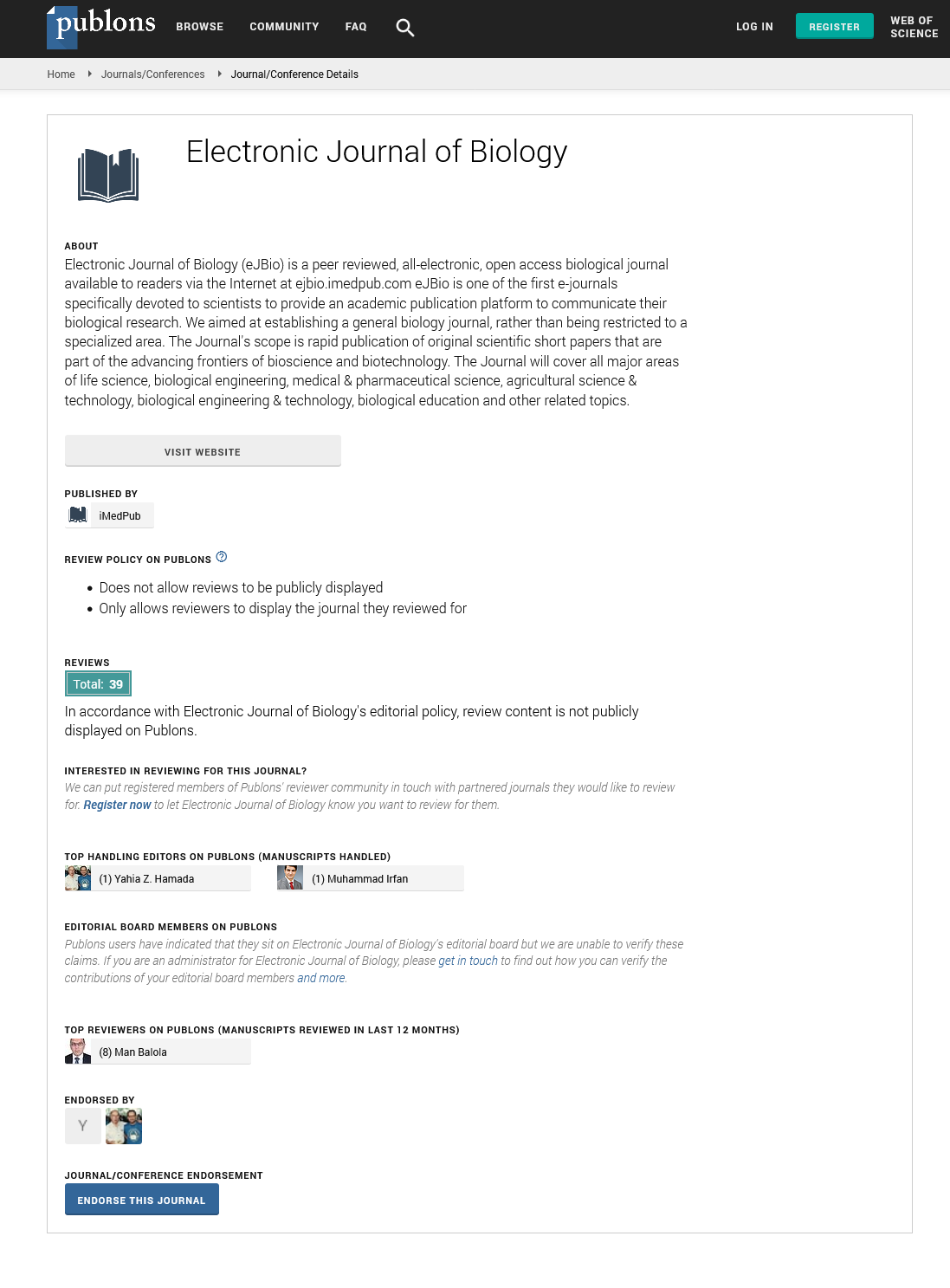Abstract
Analysis of Differential Gene Expression under Salinity through Differential Display Reverse Transcription Polymerase Chain Reaction (DDRTPCR) Technique: A Review
The current ongoing studies and elucidations of control mechanisms of stress tolerance at molecular level that might facilitate the usage of molecular tools for developing further tolerant floras, is mainly centered on the expression of specific genes related to stress. Differential Display Reverse Transcriptase polymerase chain reaction (DDRT-PCR), a competent, profound and reproducible technology, is more advantageous in numerous ways than other approaches of gene expression analysis. Until 1992, the only and single technique applied for isolation of differentially expressed genes was subtractive hybridization or differential hybridization. In 1992, a different and innovative PCR-based method called Differential Display (DDRT-PCR) was developed by Liang and Pardee. The technological simplicity and wider applicability made this technique very novel. It has successfully utilized in a number of organisms starting from yeast to mammals. This technique was introduced and developed to accelerate the identification of differentially expressed genes to overcome the shortcomings of earlier known methods which were sensitive to error, unresponsive and strenuous. The present review emphasized the multidimensional applications of DDRTPCR in studying the differentially expressed gene under biotic and abiotic stress especially the salinity stress.
Author(s):
Vibha Singh, Md Nasim Ali
Abstract | Full-Text | PDF
Share this

Google scholar citation report
Citations : 5001
Electronic Journal of Biology received 5001 citations as per google scholar report
Electronic Journal of Biology peer review process verified at publons
Abstracted/Indexed in
- Google Scholar
- China National Knowledge Infrastructure (CNKI)
- CiteFactor
- Electronic Journals Library
- Zoological Records
- WorldCat
- Proquest Summons
- Publons
- MIAR
- Openaccessarticles.com
- Secret Search Engine Labs
Open Access Journals
- Aquaculture & Veterinary Science
- Chemistry & Chemical Sciences
- Clinical Sciences
- Engineering
- General Science
- Genetics & Molecular Biology
- Health Care & Nursing
- Immunology & Microbiology
- Materials Science
- Mathematics & Physics
- Medical Sciences
- Neurology & Psychiatry
- Oncology & Cancer Science
- Pharmaceutical Sciences


